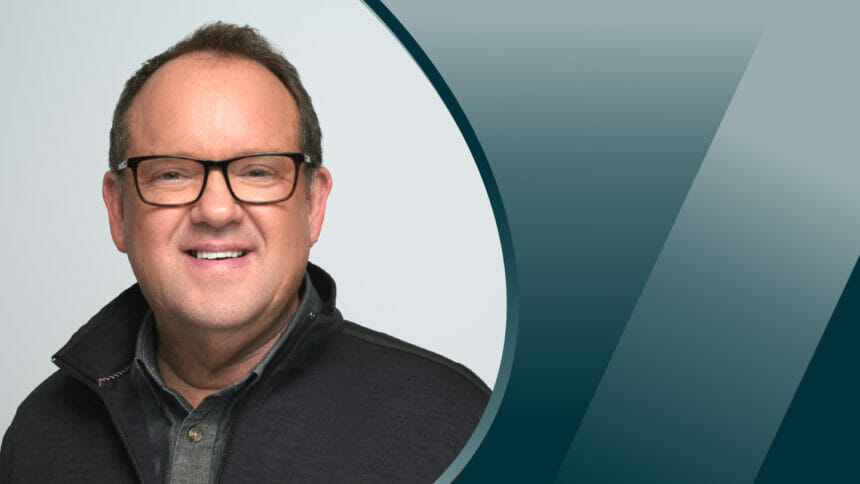
With the Department of Labor’s recent lawsuits surrounding the use of 1099 contractors in healthcare, worker classification is once again becoming a hot-button issue. While a company’s position in the 1099 vs. W2 debate often aligns with its business interests, I put our stake in the ground a long time ago, despite the challenges it presented to our business at the time.
When we founded our organization back in 2016, we carefully examined our path forward for legally classifying our staff. There were clear financial advantages to operating a healthcare staffing business in a 1099 model.
Being a 1099 business meant we could have classified our nurses as independent contractors rather than our own employees, allowing us to move faster into new markets without the time-consuming and costly burden of onboarding and credentialing every nurse. It also would have allowed us to offer a lower sticker price and be more attractive to healthcare communities as we wouldn’t be adding the cost of benefits and payroll taxes to the wage rate.
Why W2?
At some point, our conversations shifted from how we should be “classifying” our nurses and aides to how we should be “treating” them. This also became a discussion about how to treat our client communities. Was treating our nurses as independent contractors really beneficial to us if it meant not being able to provide them with employer support and benefits? Could we really build the trusting partnerships we needed to be successful if we were offloading so much risk onto the communities who were relying on us to help them?
Hiring our nurses as W2 employees could help protect our clients from being legally designated as the “employer” of our nurses and aides and lessen the financial and legal liability that comes with that designation during a DOL audit. A W2 model would also enable us to invest in our nurses. Not only could we provide employee benefits and payroll tax contributions, but we could directly manage and supervise them, provide ongoing support and training, and properly handle any clinical incidents.
So, we became a W2 shop, a decision that we continue to stand by not only because it has become the law in some states but because it best serves our mission — to help long-term care communities provide better care. Of course, as recent news of the DOL cracking down on worker misclassification spreads, some 1099 staffing agencies are publicly making claims to protect their business interests. But despite these claims, facilities using 1099 nurse staffing agencies are finding it harder to ignore the increased risks.
1099 contractor misclassification lawsuits are hitting care communities
With 1099 nurses increasingly operating like W2 workers, lines related to employment are getting blurred and the DOL is renewing its hardline focus on labor classifications. Some 1099 staffing agencies have been claiming that joint employment suits are not exclusively a 1099 issue and that there are compliance structures in place to protect both the caregiver and the healthcare community. But that’s not the reality we are seeing.
Employee classification isn’t determined by the terms of a contract between a facility and a staffing agency. It’s determined by the relationship that actually exists in the workplace. If courts and agencies like the IRS and DOL examine how much a facility directs and controls its contractors and determines that the 1099 contractor was misclassified and is really a W2 employee, the facility where this individual worked could be legally viewed as the employer. This means that the facility can be retroactively liable for unpaid overtime pay, taxes, and other steep penalties.
This is all coming much more into focus as the DOL steps up its enforcement efforts. In 2021, the DOL launched a specific initiative to address employee misclassification in post-acute care settings. As of February 2023, it completed 1,200 investigations, finding violations in 89% of the cases and recovering more than $16.2 million in back wages and damages for almost 13,000 workers. The DOL also recently sued an operator of skilled nursing facilities for a reported $19 million for using a popular tech-enabled agency that allegedly misclassified its nurses as 1099 contractors.
The bottom line is that when we partner with a facility and help to fill shifts with W2 nurses and aides, we don’t have to blur the lines between contractor and employee to limit our liability and preserve our business model. Instead, we proudly hold ourselves out as the employer of record and, even more importantly, we act like it.
Standing by our communities, nurses, and care With W2 employment
Knowing how difficult it is for long-term care communities to maintain proper staffing levels right now, I have a tremendous amount of respect for those of you who are struggling to care for your residents. But it’s becoming more important than ever to understand exactly what you’re getting into when entering a staffing partnership. It’s also becoming more clear that a DOL audit can turn an already stressful situation into a catastrophe if you’re using 1099 contractors.
As a W2 employer, I am proud that we’re doing our part to protect our clients from this experience. While a 1099 model might have provided an easier, more lucrative path for us, the recent onslaught of lawsuits has reaffirmed to me that we made the right decision. Our nursing professionals feel valued and supported, and they carry that investment and sense of security into their assignments. Our clients also know that we are helping to reduce their risks and increase provider accountability.
Simply put, being a W2 partner puts us in a better position to help our client communities provide better care to their patients. And that makes me proud to stand on this side of the debate.
David Coppins is the Co-Founder & Chief Executive Officer of IntelyCare. As IntelyCare’s CEO, David is dedicated to empowering the long-term care industry to manage its workforce better through access to technologies such as PRN float pool management tools. Under his leadership, IntelyCare has helped healthcare facilities fill over 10 million nursing shift hours.
The opinions expressed in McKnight’s Long-Term Care News guest submissions are the author’s and are not necessarily those of McKnight’s Long-Term Care News or its editors.





